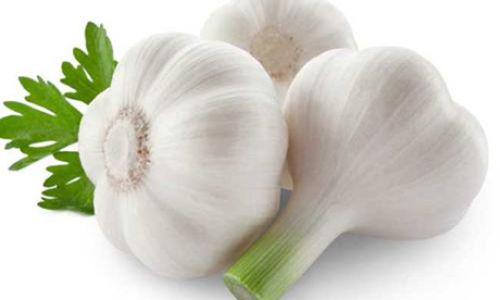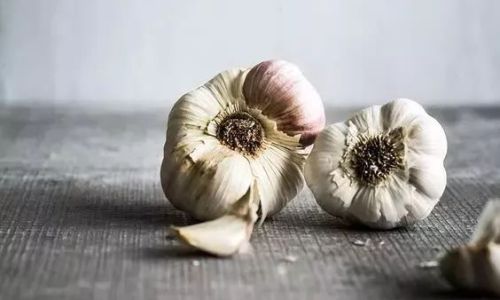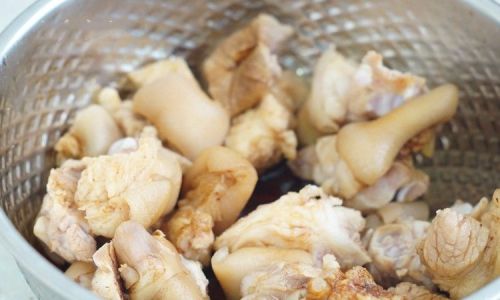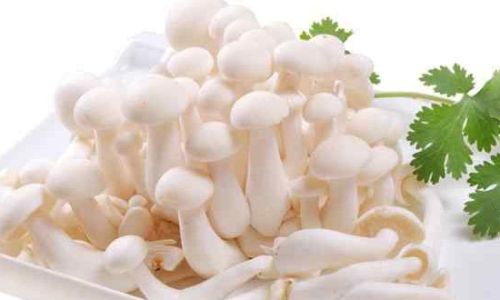Introduction
Garlic, a staple in countless cuisines worldwide, adds a distinct flavor and aroma to dishes, making it an indispensable ingredient in kitchens across the globe. Its pungent, slightly sweet taste and health benefits, including its ability to boost the immune system and fight infections, have earned it a reputation as a superfood. However, enjoying garlic at its best requires knowing how to select fresh bulbs. Identifying fresh garlic isn’t merely about avoiding mold or rot; it’s about choosing bulbs that promise the best flavor, texture, and nutritional value. This comprehensive guide will walk you through the various steps and considerations to ensure you always bring home the freshest garlic possible.
Understanding Garlic Varieties
Before diving into the specifics of identifying fresh garlic, it’s crucial to understand the different varieties available. Each type has unique characteristics that can influence its freshness and suitability for various cooking methods.
-
Hardneck Garlic (Allium sativum ophioscorodon): This variety forms a hard stalk, known as a scape, which emerges from the center of the bulb before the cloves mature. Hardneck garlic is often prized for its strong flavor and ability to store well. It comes in several sub-varieties, such as Rocambole, Purple Stripe, and Porcelain.
-
Softneck Garlic (Allium sativum sativum): Unlike hardneck garlic, softneck varieties do not produce a scape. They are characterized by their braided or multi-layered necks, making them ideal for braiding and storing. Softneck garlic is more common in commercial markets due to its longer storage life and adaptability to various climates.
-
Elephant Garlic (Allium ampeloprasum var. gigantum): Despite its name, elephant garlic is actually a type of leek rather than true garlic. Its cloves are much larger and have a sweeter, milder taste. Identifying elephant garlic as ‘fresh’ involves different criteria due to its size and flavor profile.

Visual Inspection: The First Line of Defense
When shopping for garlic, visual inspection is your first and most immediate tool. Here’s what to look for:
-
Bulk and Shape: Fresh garlic bulbs should be firm and compact, with cloves tightly packed together. Avoid bulbs that have gaps or look loose, as this can indicate they are old or have started to dry out. The shape can vary depending on the variety, but a generally uniform appearance is a good sign.
-
Skin Color and Condition: The outer skin of fresh garlic should be dry, tight, and free of cracks or wrinkles. The color can range from white to purple, depending on the variety. Avoid bulbs with mold, spots, or discolored patches, as these are signs of decay.
-
Roots and Stem End: Fresh garlic bulbs will have dry, firm roots and a stem end that is not overly withered or moldy. The stem end should be intact and not show signs of rot or separation from the bulb.
Feeling the Garlic: A Tactile Approach
Touch is another important sense to employ when selecting garlic. Here’s how to use it effectively:
-
Firmness: Press gently on the cloves through the outer skin. Fresh garlic should feel firm and solid, with no give or soft spots. Soft cloves indicate that the garlic is old or has started to rot internally.
-
Weight: Heavier bulbs generally mean they are juicier and fresher. Compare the weight of several bulbs to get a sense of what is typical for that variety. Lightweight bulbs may have lost moisture, indicating they are not as fresh.

Smelling the Aroma: A Sensory Test
The aroma of garlic can give you a good indication of its freshness. Here’s how to use your nose effectively:
-
Fresh Aroma: Peel a single clove and smell it closely. Fresh garlic should have a strong, pungent aroma that is slightly sweet. If the aroma is faint or musty, it’s a sign that the garlic is not fresh.
-
Avoiding Off-Odors: Any hint of mold, mildew, or rot should be immediate red flags. Discard any bulbs that smell off or unpleasant.
Peeling and Inspecting Further
Sometimes, a closer look at the individual cloves is necessary to confirm freshness. Here’s how to do it:
-
Peeling Technique: Peel a few cloves from the bulb to inspect their interior. Use a gentle peeling method to avoid damaging the cloves, as this can affect their storage life.
-
Color and Texture: Fresh garlic cloves should be white or have a slight tint depending on the variety, with a moist, firm texture. Avoid cloves that are discolored, have spots, or are overly dry and brittle.
-
Juiciness: Cut a small piece of a clove and observe if it releases juice. Fresh garlic will be juicy, while older garlic will be dry and fibrous.

Considering Storage and Handling
Understanding how garlic is stored and handled before you buy it can also provide insights into its freshness. Here are some key considerations:
-
Storage Conditions: Fresh garlic should be stored in a cool, dry, well-ventilated place. Avoid bulbs that have been exposed to excessive heat or humidity, as this can accelerate spoilage.
-
Packaging: If buying pre-packaged garlic, check the packaging for any signs of moisture or leakage, which can indicate that the garlic is not fresh. Opt for packages that are sealed and have a best-before date.
-
Handling: Observe how the garlic is handled at the store. Rough handling can bruise the bulbs, making them more susceptible to spoilage. Choose bulbs that look intact and have not been jostled too much.
Seasonal Availability and Freshness
Garlic’s freshness is also influenced by its seasonal availability. Here’s how to time your purchases for maximum freshness:
-
Harvest Seasons: Garlic is typically harvested in the summer and fall. Buying garlic during these seasons increases the chances of getting freshly harvested bulbs.
-
Storage Life: Fresh garlic can be stored for several months if handled properly. However, its flavor and texture will gradually degrade over time. Try to use garlic within a few months of purchase for the best quality.

Tips for Maintaining Freshness at Home
Once you’ve brought home fresh garlic, here are some tips to help maintain its freshness:
-
Proper Storage: Store garlic in a well-ventilated container or mesh bag in a cool, dark place. Avoid storing it in sealed containers or the refrigerator, as this can promote mold growth.
-
Checking Regularly: Periodically inspect stored garlic for signs of spoilage. Remove any bulbs that show signs of rot or mold immediately to prevent it from spreading.
-
Using as Needed: Try to use garlic within a few weeks of bringing it home for the best flavor. Plan your meals accordingly to ensure you don’t keep garlic for too long.
Conclusion
Identifying fresh garlic involves a combination of visual inspection, tactile assessment,嗅觉测试, and understanding its storage and handling history. By following the guidelines outlined in this guide, you can ensure that you always have the freshest garlic at hand, ready to enhance the flavor and nutritional value of your dishes. Remember, fresh garlic is not just about avoiding spoilage; it’s about maximizing the culinary experience and health benefits this remarkable ingredient offers. Happy cooking!






0 comments